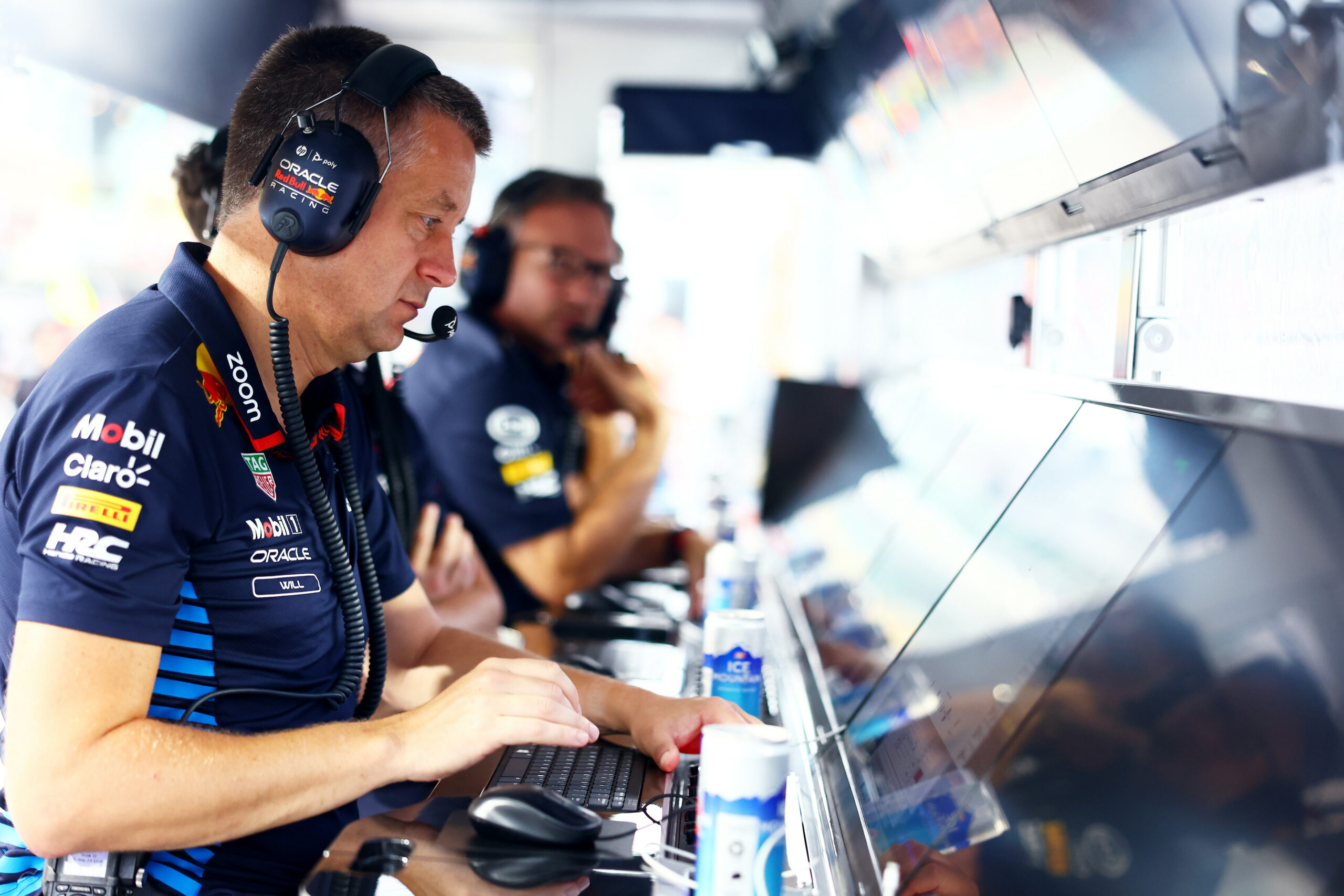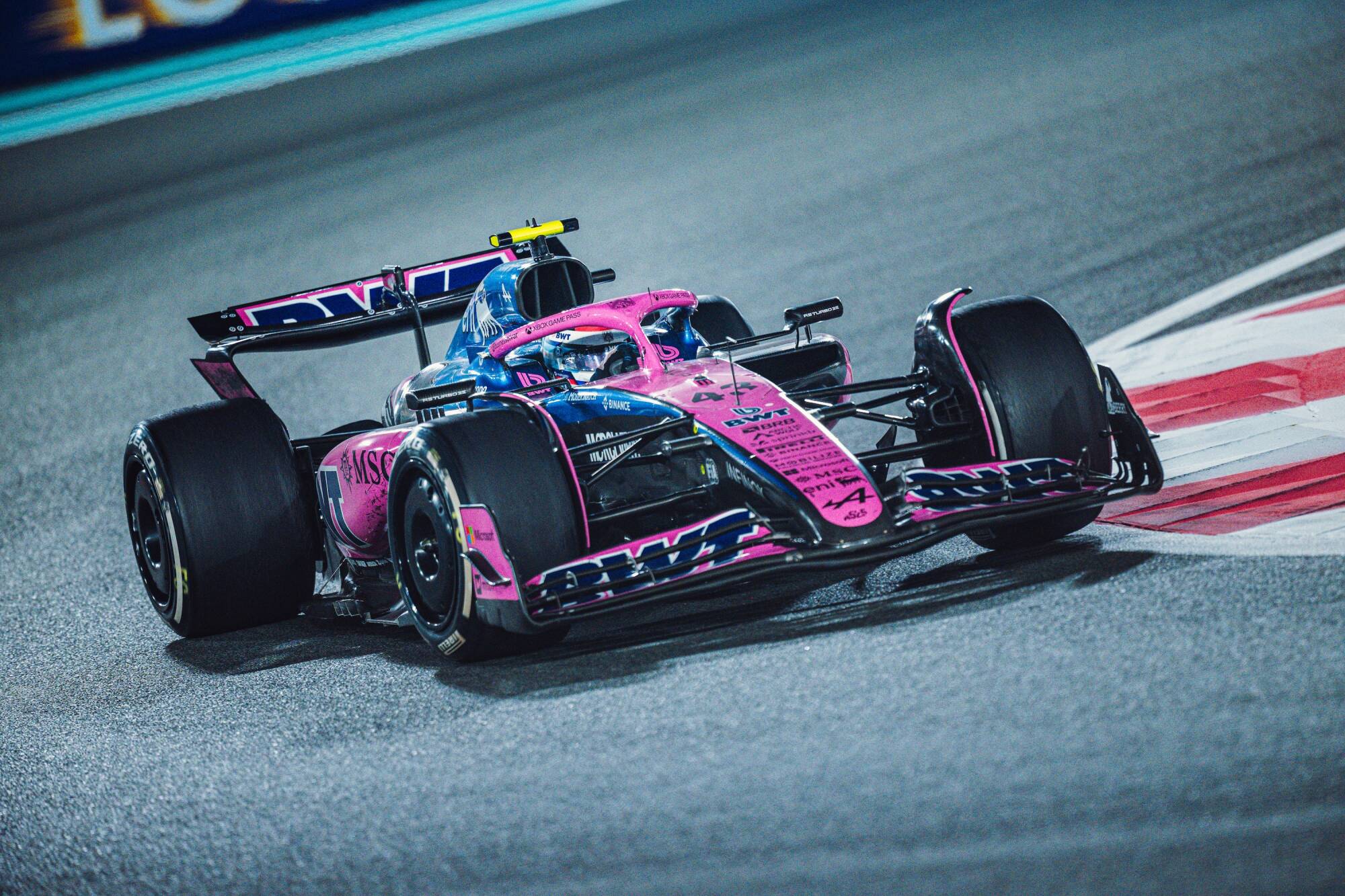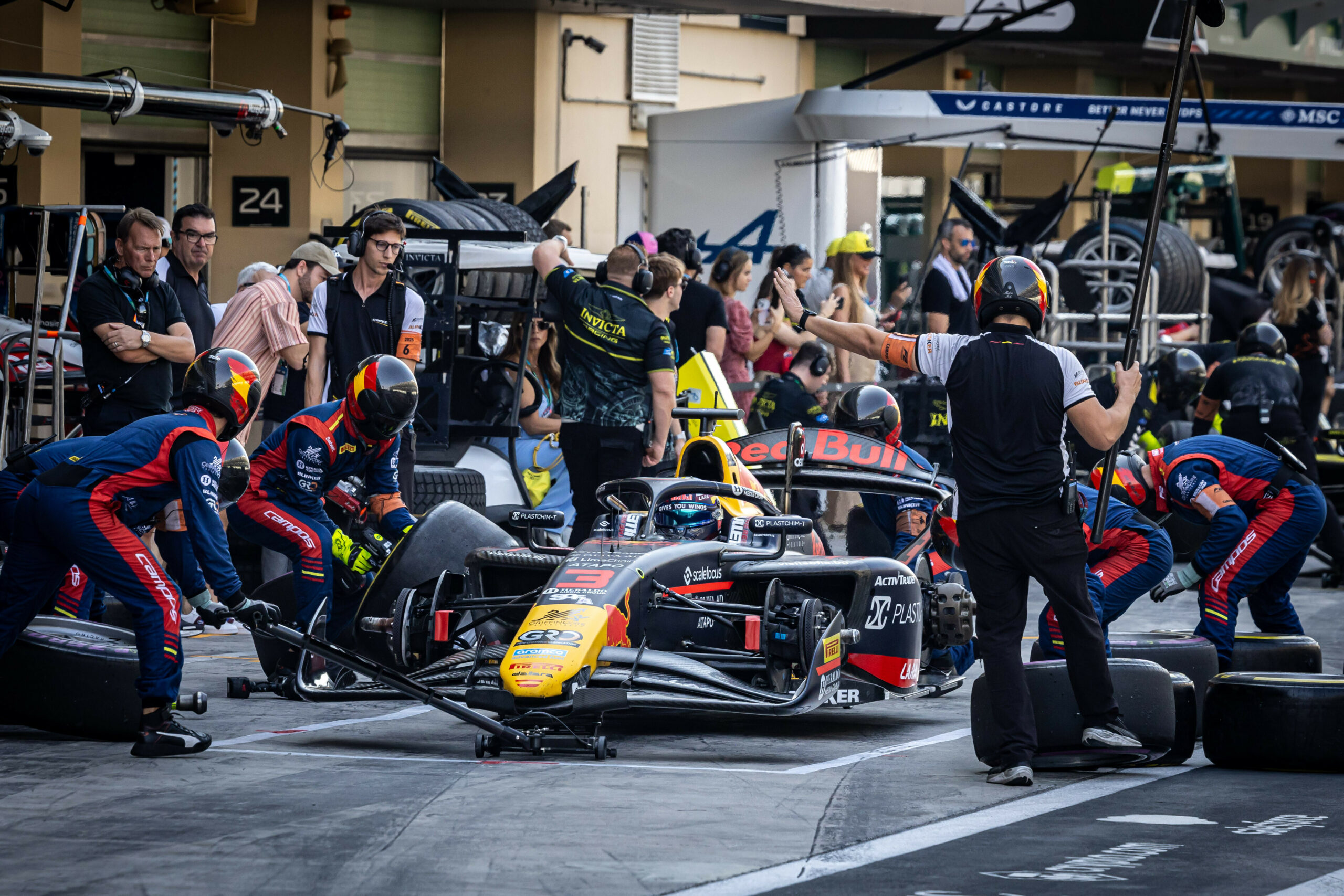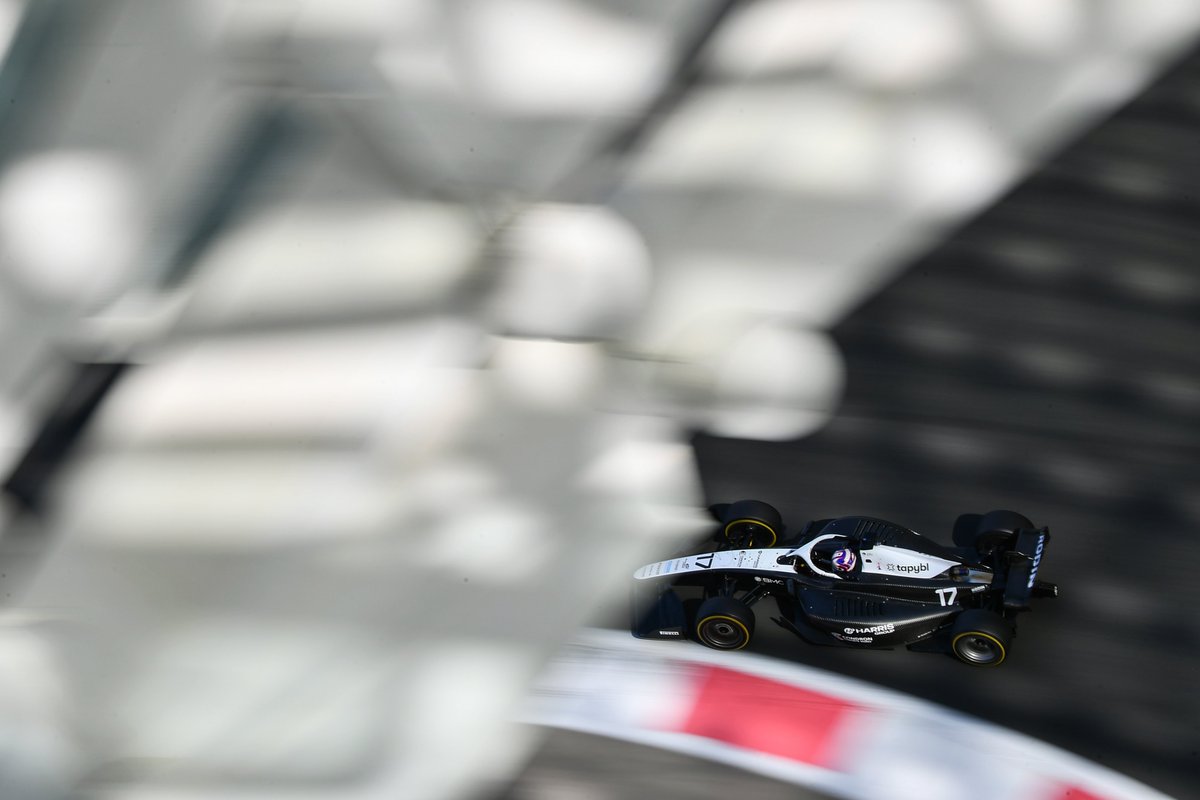Thursday at Spa was full of wet weather as the F1 circus makes its way to the Belgian venue for a sprint weekend.
A lot of the attention on media day was focused on the dangers of Spa-Francorchamps as questions were posed to drivers following the tragic death of Dilano van ‘t Hoff on the Kemmel straight in FRECA on the 1st of July.
Mercedes driver George Russell is the current GPDA director and discussed wet weather racing at the iconic Belgian circuit. The F1 race at Spa had to be cancelled two years ago due to terrible conditions.
The 2022 São Paulo Grand Prix winner explained how bad the visibility gets from P3 backwards, and how the fatal incident in FRECA felt inevitable because of the shocking lack of visibility available to the drivers.
“Well, I think two years ago that was the correct decision to call the race off with the conditions. I think for one single Formula 1 car to drive around, the conditions are safe enough and suitable enough to drive.
“But it’s when you’ve got 20 cars on track at once, anybody from third position backwards literally cannot see from here to the end of this wall away. So you’re talking 20, 30, 40 metres.
“I felt like the incident that happened in FRECA, it was only really a matter of time that something like that happened. Drivers aren’t going flat out in the straight because they can’t see. Somebody gets rear-ended and then there’s a car in the middle of the track.
“So, you know, obviously to have a race cancelled is not perfect for anybody. But, we don’t want to see another huge incident as we’ve just seen.”
Russell believes the type of tarmac at a venue plays a role in the way the water disperses.
Spa is surrounded by trees in the Belgian countryside and the Brit believes Les Combes at turn 5 is one of the worst areas for a lack of water clearance.
“There’s a lot of research going on at the moment. It almost feels a little bit circuit dependent.
“I think the tarmac has an effect. I think the really open tarmac, the water sits inside of the tarmac and the F1 cars sort of suck it up and throw it into the sky. So sort of counter-intuitively, I think the smoother surfaces have a better way of dispersing the water.
“I think always into Les Combes in Turn 5, you’ve got all the trees around and it just seems like the moisture has nowhere to go. So it just makes the visibility so, so tough.”
With rain forecast throughout the next few days, Russell believes a tough weekend is in store.
“We’re going to have to get out there. We’re going to have to see. But, yeah, I think it’s going to be a challenging weekend.”
Following the removal of Michael Masi because of what happened at the 2021 Abu Dhabi Grand Prix, Niels Wittich has become the permanent race director from this season onwards.
Russell believes communication with the FIA is currently at the best level it has ever been. He credits Steve Nielsen and Nikolas Tombazis for the work they’re doing as well.
“I think the way the FIA go about things now is probably better than it’s been in the recent past. It all seems a bit more organised with Nikolas at the helm there. I think Steve Nielsen has been a really great addition to the FIA. Niels was thrown into the [race director] role.
“I think it’s just having that open dialogue. There is good communication between us now, better than it has ever been. We all want decisions and answers yesterday.
“The fact is we’re not going to find a solution for poor visibility for probably years to come. It’s challenging. It’s really not easy.”
After the tragic passing of Dilano van ‘t Hoff at the beginning of the month, Russell admits he fears a repeat in Formula 3 of what happened in FRECA. Whether it be in dry or wet conditions, the Mercedes driver believes 30 cars out on the circuit all at once is too many.
“I fear a little bit for the junior categories with F3 out on track. I truly think F3 should not be allowed to have 30 cars on track at one time at any point, even in dry conditions. I feel like it’s a matter of time before a big incident happens there too.”

Photo credit: Williams Racing




